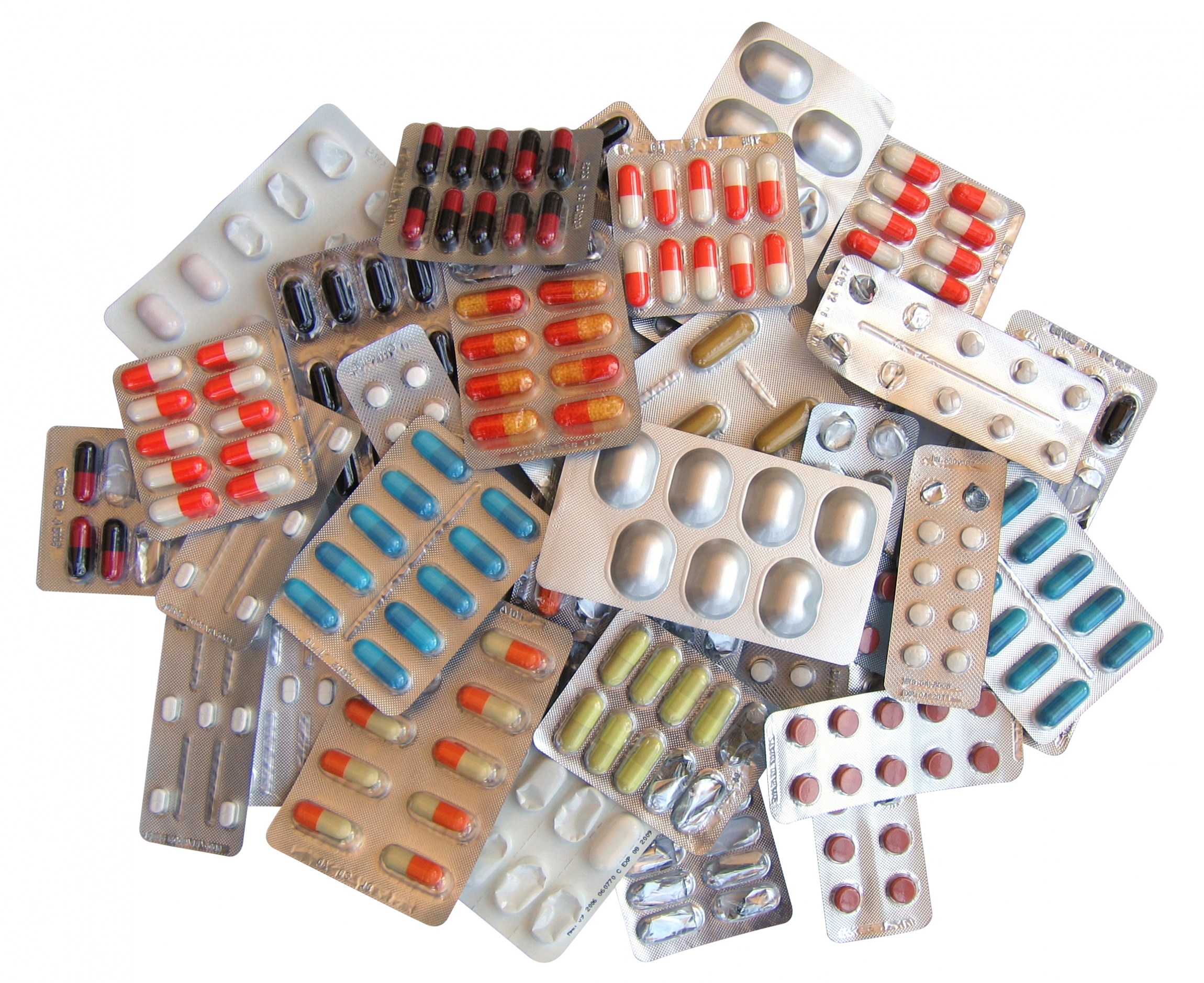
THURSDAY, May 30 (HealthDay News) — Ever dream of traveling to Mars? There could be potential health drawbacks if you did, including a hefty dose of radiation, a new study finds.
A 253-day trip to the Red Planet would expose an astronaut to the radiation equivalent of about 40 to 50 whole-body CT scans, the research estimates.
“In terms of accumulated dose, it’s like getting a whole-body CT scan once every five or six days,” study author Cary Zeitlin, a principal scientist at the Southwest Research Institute’s Space Science and Engineering Division, said in an institute news release.
“This issue will have to be addressed, one way or another, before humans can go into deep space for months or years at a time,” Zeitlin said. “Understanding the radiation environment inside a spacecraft carrying humans to Mars or other deep space destinations is critical for planning future crewed missions.”
His team added that unless spacecraft propulsions systems advance very quickly, most of the radiation exposure from a Mars mission would occur during travel, when their spacecraft would be the only thing protecting astronauts from space radiation.
The data comes from a Radiation Assessment Detector (RAD) the research team had attached to the Mars Science Laboratory, which in November 2011 began a journey to Mars to deliver the Curiosity rover. The RAD recorded detailed measurements of the radiation environment inside the spacecraft.
Zeitlin’s team say that while in space, astronauts face risks from two different forms of radiation: chronic low doses of galactic cosmic rays (GCRs) and short-term exposure to the solar energetic particles (SEPs) associated with solar flares and coronal mass ejections.
GCRs, the researchers explained, are highly penetrating. As a result, spacecraft shielding is much more effective against SEPs than GCRs. These high-energy particles also include a small percentage of heavy ions, which are known to cause more biological damage than other particles.
“A vehicle carrying humans into deep space would likely have a ‘storm shelter’ to protect against solar particles. But the GCRs are harder to stop and, even an aluminum hull a foot thick wouldn’t change the dose very much,” noted Zeitlin.
The researchers pointed out that only about 5 percent of the radiation dose was associated with solar particles. Although large SEP events are unpredictable, they noted their results reflect a trip to Mars under conditions of low to moderate solar activity.
Any time astronauts spend on the surface of Mars would boost their radiation exposure, as well, the researchers said.
The measurements they are currently gathering “will be used to better understand how radiation travels through deep space and how it is affected and changed by the spacecraft structure itself,” lead investigator Donald Hassler, a program director at Southwest Research Institute, said in the news release. “The spacecraft protects somewhat against lower energy particles, but others can propagate through the structure unchanged or break down into secondary particles.”
The findings were published on May 31 in the journal Science.
More information
The U.S. Centers for Disease Control and Prevention provides more information on the health effects of radiation.

